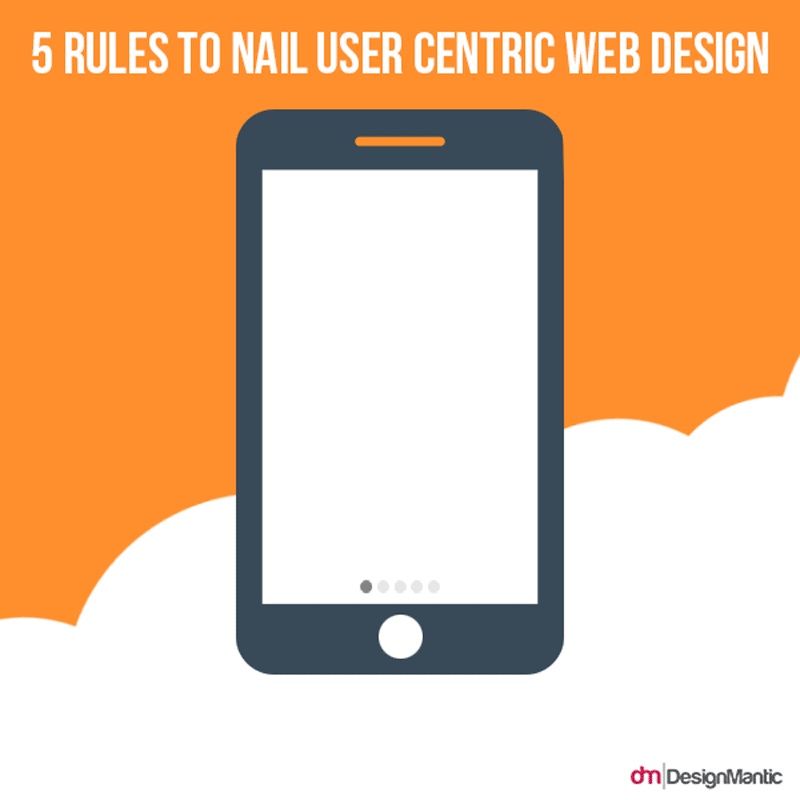Many people think that something that exists just for the sake of aesthetic appeal has no business being cited as an example of user-centric design. And that’s true.Products and services are meant to be used. Websites and other marketing collateral are meant to be consumed and understood by anyone who views them. Heck even a website that succeeds in letting a high percentage of its visitors to adopt their call of action is an example of user-centric design done right. Something that’s made possible if folks invest in a website design strategy with an eye on user experience.
Like Kyle Jesse from Kurvature Design states, ‘Visual design process has always been about the user.’
Design that fulfills the objectives and expectations of the business and their target demographic, now that’s what it’s all about. It’s the experience of using it, understanding it, getting things done with it; these things matter. Usability is key. Focused and clear, user-centric design cuts down on the learning curve time for the masses. This is because user-centric design combines the universal principles of design and human psychology to craft experiences, easy, seamless and intuitive experiences at that.
‘I think there is design that serves to communicate concepts and messages to an audience and there is design that is attempting to create new methods of communication, using an audience that wants to learn the message.’ – Matt Mckee, Illustrator
Highly conceptual designs on the other hand, feature a greater risk/failure rates. However, nothing isn’t worth not trying. One needs only to look at the original iPod and iPhone, since these creations were nothing sort of a revolution for that time. Even then, user-centric design triumphed since these iconic products very much epitomized the primacy of user experiences above all.
It is said that simplicity is the ultimate sophistication. Most, if not all, examples of user-centric design bank on simplicity because designers don’t want to confuse the users. Products and services that are pretty intuitive to make use of, they work and serve the needs of the average user faster.
‘Design that is not user-centric is simply bad design as I know it. You are defining ‘design’ as art or decoration – that is a very limited and incorrect view of what design encompasses.’- Teressa Williams, Designer
User-centric design is very much concerned about offering people an unforgettably smooth experiences, something that ensures that your brand is reliable in the eyes of your fans, followers and more.

